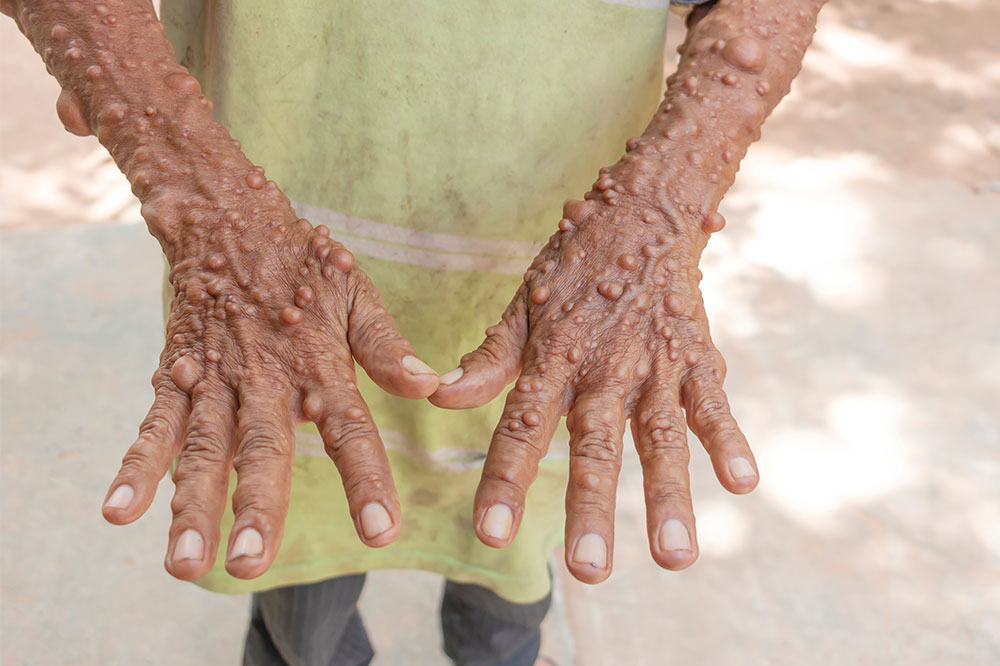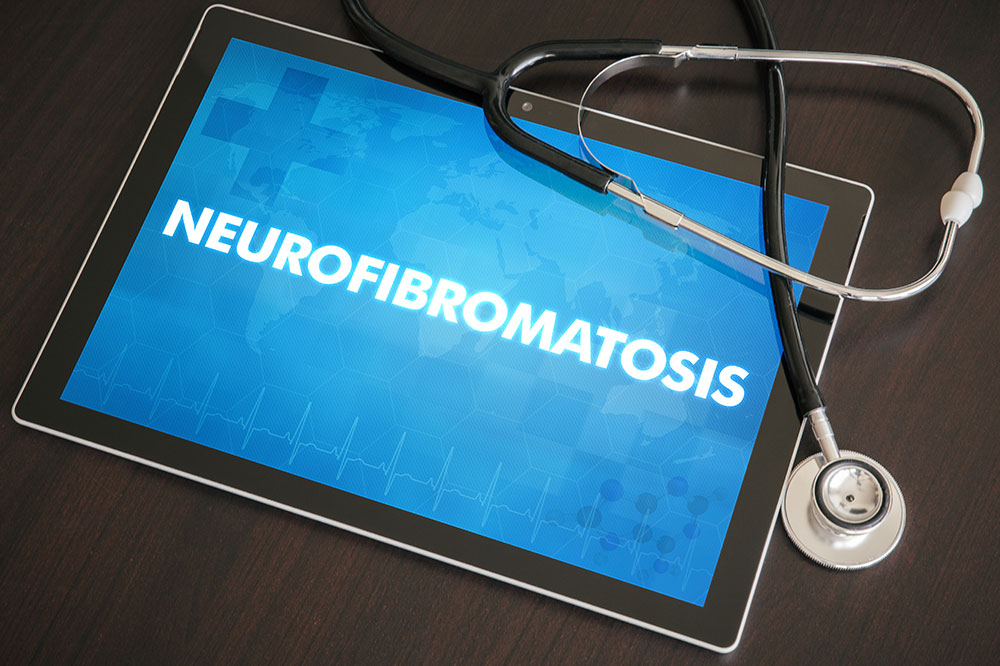Understanding the Three Variants of Neurofibromatosis
Learn about the three main types of neurofibromatosis, their symptoms, and characteristics. This comprehensive overview helps in understanding the genetic nature and clinical features of each variant, aiding early detection and management. Always consult healthcare professionals for diagnosis and treatment.

Neurofibromatosis (NF) is a genetic disorder characterized by the development of tumors in the nervous system's vital areas: the brain, spinal cord, and peripheral nerves. These tumors are not always malignant. The condition manifests in three main types, each with distinct symptoms and characteristics.
Neurofibromatosis Type 1
The most prevalent form, typically diagnosed in childhood, presents with café-au-lait spots, freckles in the armpits or groin, and tiny eye growths called Lisch nodules. Bone deformities and skin neurofibromas may also occur. Tumors on the optic nerve can lead to visual impairment. Type 1 is classified further into cutaneous, subcutaneous, and plexiform variants based on tumor localization.
Neurofibromatosis Type 2
Less common, often diagnosed in adolescence or early adulthood, NF2 is characterized by tumors on the eighth cranial nerve, affecting hearing and balance. Symptoms include hearing loss, dizziness, facial weakness, and cataracts. Unlike Type 1, skin spots are less typical.
Neurofibromatosis Type 3 (Schwannomatosis)
The rarest form, usually identified in early adulthood, involves tumors made up of Schwann cells called schwannomas. These generally develop along cranial, spinal, or peripheral nerves. Pain around tumors is common, with additional signs like numbness or weakness in extremities. Diagnosis can be delayed due to subtle symptoms.
Disclaimer:
This article provides general information about neurofibromatosis types and is not a substitute for professional medical advice. Consult healthcare professionals for diagnosis and treatment options tailored to individual health conditions.









